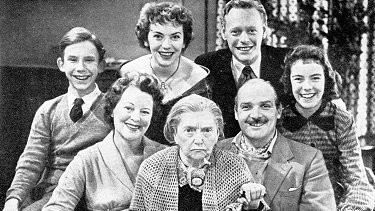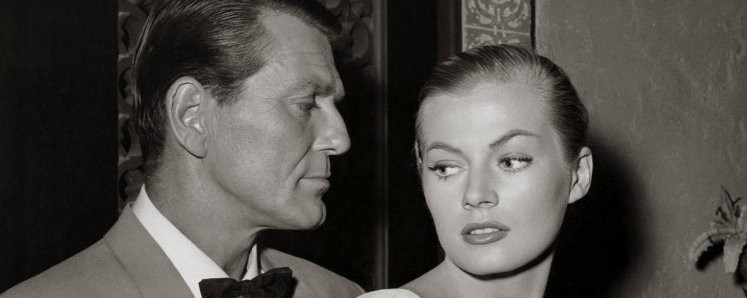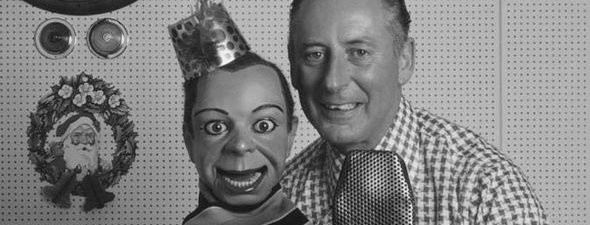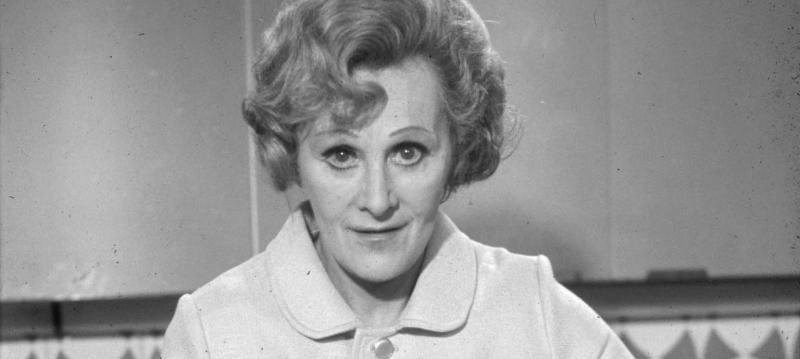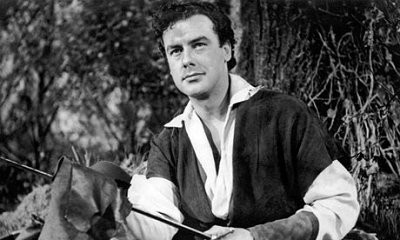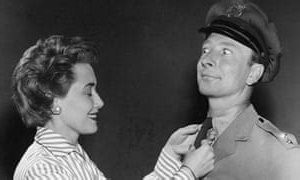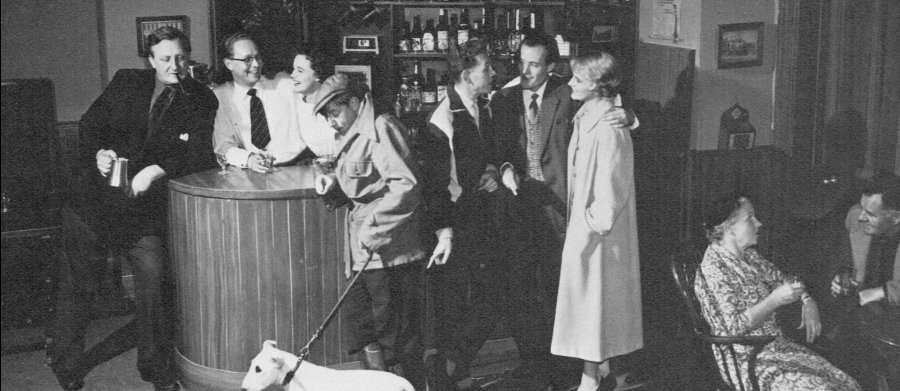
Jim's Inn
1955 - United KingdomEarly consumer 'shoppers guides' known as Ad-Mags, were basically programmes used to promote commercial products. Because of the way each show was presented they almost appeared as 'public service information' films although all the while they were employing less than subtle techniques to sell certain products, which the manufacturers no doubt paid quite a price to advertise.
In spite of this, they were very popular with the British television viewing public as Jo Gable recalled in her book 'The Tuppenny Punch and Judy Show': "The Ad-Mag was unique to Britain and there was a kind of backdoor bravado about them in the way every Ad-Mag transmission cheekily bumped up the amount of advertising per clock hour. But the viewers never complained. They loved the quaint little programmes, which provided the same fascination as flipping through a mail-order catalogue. There was no telling what came next."
Some Ad-Mags were purely topical – Christmas presents, holidays, gardening, DIY and so on, whilst other dealt with items of every-day interest and run as serial stories or as recurrent series with the same characters. Jim’s Inn was a prime example.

Although not the first Ad-Mag Jim's Inn was probably the most famous and best remembered. Jimmy and Maggie Hanley appeared as a couple (as indeed they were in real life) who ran a village pub in fictitious Wembleham. Each week customers-played by Roma Cresswell, John Sherlock, Jack Edwardes, Diane Watts, Dennis Bowen, Ken Howard and Victor Platt-would come into the pub and over a pint discuss the price and quality of a variety of domestic products. Each 15-minute episode went out live, once a week, at 10:45pm and the series became almost something of a soap opera. Director Pat Baker claimed that it was the advertising that gave the series a sense of reality: "People do talk, in a village pub, about things like household or gardening gadgets, and how much they paid for them".

The shows went out live for the first few years and often the actors had little time to learn their scripts, and so a huge glass ashtray was put on the bar under which information on more complicated products was placed. Things didn’t always go to plan. Joe Garwood, who along with Michael Westmore and Anstice Shaw were responsible for most of Associated-Rediffusion’s Ad-Mags recalled how an electric hedge-clipper seized up upon coming into contact with a tough stake holding up a studio hedge and a motor cycle that would not start because the rider, who was the manufacturer’s rep, had forgotten to turn on the petrol. A-R produced Ad-Mags of one sort or another five days a week. Margot Lovell, who fronted Hello, Come In an Ad-Mag aimed at the housewife giving household tips both commercial and non-commercial, received a huge mailbag of domestic queries every day with one housewife enquiring where she could buy the dress Margot had been wearing on a previous programme.
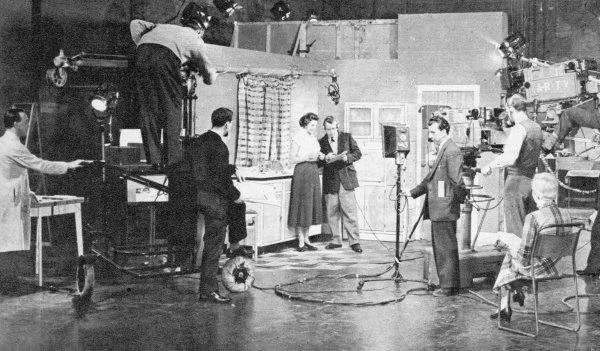
Sadly, there are no recordings of Jim's Inn left in the archives, although other Ad-Mags have survived. Slater’s Bazaar starred John Slater, whilst Send for Saunders had as its star playing a concierge in a block of flats. It wasn't uncommon to get familiar TV faces to front these shows and later examples were hosted by the likes of Noele Gordon, Peter Butterworth, Janet Brown and David Jacobs. But Jim's Inn was the series that won affection in the hearts of the public and proved popular enough for the cast to release an LP, 'Singalong at Jim’s Inn', featuring old-time favourite songs. However, the shows soon came in for much criticism as objectors (mainly the BBC) claimed they blurred the distinction between advertisements and proper programmes and opened the door to sponsorship, quite common and acceptable to US television viewers, but abhorrent to British ones.
Eventually, 'Ad-Mags' were deemed misleading and unfair and were banned by an Act of Parliament in 1963. By that time Associated Rediffusion had produced some 300 editions. After Jim's Inn, Jimmy and Maggie continued their on-screen partnership as the same characters in a series of (undisguised) TV commercials for Daz soap powder.
See an example of an Ad-Mag which I've uploaded to YouTube
Seen this show? How do you rate it?
Seen this show? How do you rate it?
Published on May 4th, 2020. Written by Laurence Marcus for Television Heaven.


